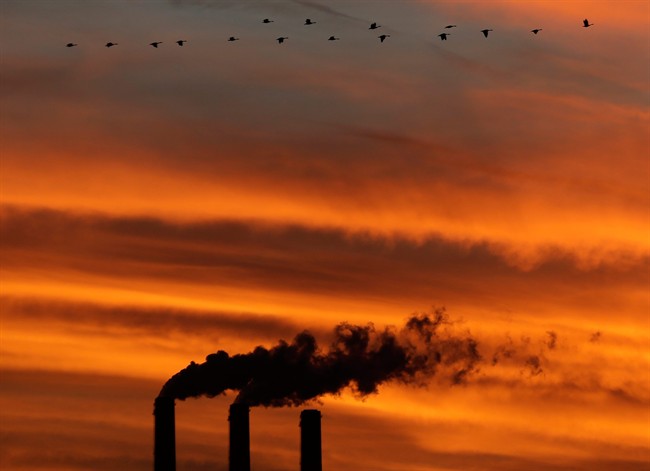A climatologist from the Scripps Institution of Oceanography believes Earth may have reached something that humans have never seen: carbon dioxide levels that not only have reached 400 parts per million, but levels that are unlikely to ever dip below that.

READ MORE: Planet’s CO2 levels continue to rise
The measurement of the ongoing change in CO2 levels is called the Keeling Curve. The measurement of these levels has been ongoing on Mauna Loa, Hawaii, since 1958.
Last October, the leader of the Keeling Curve measurements, Ralph Keeling, said that the forecast El Niño event would likely push levels above 400 ppm.
Carbon dioxide levels typically rise about 2.2 ppm annually. But during an El Niño, CO2 levels tend to rise much faster. During the last strong El Niño, for example, CO2 levels rose by 3.7 ppm between September 1997 and September 1998. At the time of his writing, Keeling anticipated a rise of 4.4 ppm if the weather phenomenon was as powerful as predicted, with the increase in the burning of fossil fuels since 1998 playing a role. And it was.
September is usually the low month for CO2 levels, but as Keeling noted, this year levels are hovering just above 400 ppm.
WATCH: 2014—A Year in the Life of Earth’s CO2
“Is it possible that October 2016 will yield a lower monthly value than September and dip below 400 ppm? Almost impossible,” Keeling wrote in his last Scripps blog post. “Over the past two decades, there were four years (2002, 2008, 2009, and 2012) in which the monthly value for October was LOWER than September. But in those years, the decrease from September to October was at most 0.45 ppm — which would not seem to be enough to push October values below 400 ppm this year.”
The upward trend is disturbing for a planet that continues to warm. And with climate change comes consequences such as costly weather events like floods, droughts and severe storms.
Though the records from Mauna Loa only go back 58 years, climatologists can ascertain levels as far back as 800,000 years ago from ice cores collected from the Antarctic ice sheet.
Scientists found that, due to natural variations, CO2 levels varied betwen 200 ppm and 300 ppm in the warmer periods between ice ages. Then, at the start of the Industrial Revolution, levels were somewhere near 280 ppm. Since then, there has been a steady rise.
- High benzene levels detected near Ontario First Nation for weeks, residents report sickness
- Enter at your own risk: New home security camera aims paintballs at intruders
- Fishing vessel with crane, net arrives in Zeballos for orca calf rescue
- Beijing orders Apple to pull WhatsApp, Threads from its China app store
This isn’t the first time levels have been around 400 ppm. However, it was a long time ago: geochemical records suggest that the last time was during the Pliocene, three to five million years ago, before humans ever roamed our planet.
While it’s not impossible to see atmospheric CO2 levels fall, it’s unlikely.
“Brief excursions towards lower values are still possible,” Keeling said. “But it already seems safe to conclude that we won’t be seeing a monthly value below 400 ppm this year — or ever again for the indefinite future.”



Comments